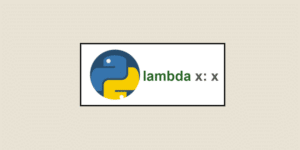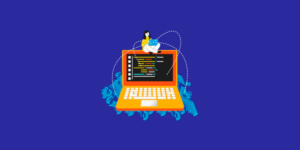
Python Lambda functions: principles and benefits
For small operations, regular functions in Python can take up a lot of space, making syntax difficult to read. This is why Lambda functions are
🚀 Think you’ve got what it takes for a career in Data? Find out in just one minute!

For small operations, regular functions in Python can take up a lot of space, making syntax difficult to read. This is why Lambda functions are

Sales development, customer satisfaction, research and development, software development… Performance indicators are essential for all core businesses to track progress. But for each profession, the

A key algorithm in Machine Learning, linear regression is used to establish relationships between one or more variables. To put this algorithm into practice with

In graph theory, a decomposition tree is a decomposition of a graph into separators, connected in a tree. Proposed by Paul Seymour and Neil Robertson

Data experts and developers can use the TRIGGER SQL command to program instructions on their database according to certain events. How do you create a

The Data Vault is an innovative approach to data management, offering a flexible and scalable method for modeling. Find out everything you need to know,

Automation and repetition are ubiquitous concepts in programming. Imagine having to perform the same action hundreds or even thousands of times. This would not only

Cx Freeze is a Python program that transforms a script into a stand-alone executable on Linux, MacOS or Windows. Making a program executable, i.e. compiling

The ‘Staging Area’ is an important step in the ETL (Extract, Transform, Load) process, which involves extracting data from heterogeneous data sources, transforming it to

APIs (Application Programming Interfaces) play an essential role in the communication and integration of different software components. However, managing them can quickly become complex and

When it comes to data analysis, Qlik Sense is currently the most talked-about data analytics platform, not least thanks to its greatest asset: its data

Microsoft Excel remains the essential tool for data processing. Its many functions make it easy to prepare and read data sets. And among the functions

